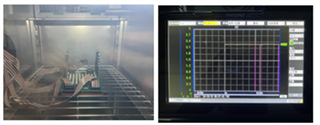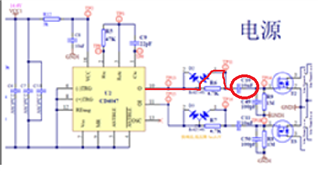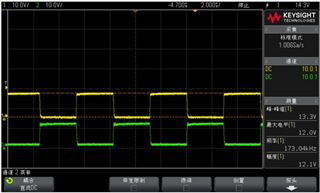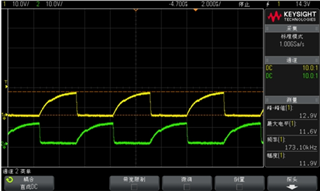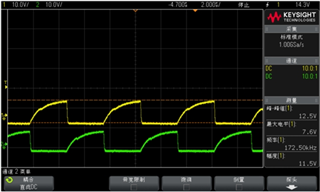Tool/software:
Standard:
(1) CD4047 requires a power supply voltage range of 3-18V
(2) Power consumption: Power consumption=static power consumption+output current
Static power consumption ≤ 120uA, output control MOS, almost no current on output pins, overall should be far<1mA
Actual measurement: Approximately 3.3mA, exceeding the specified value at high temperatures
Please help to check the schematic diagram




